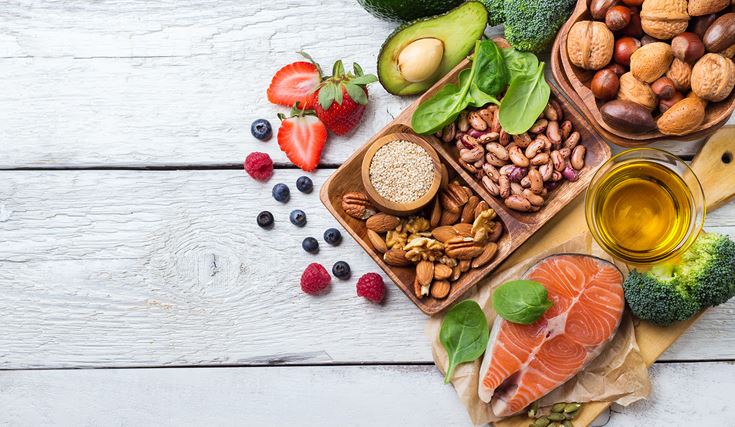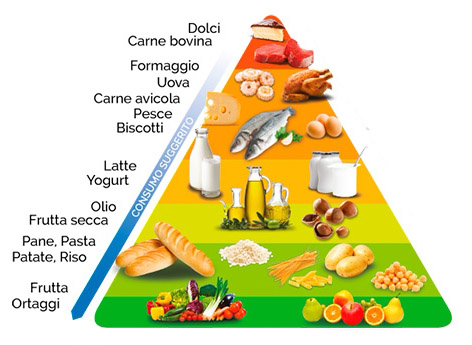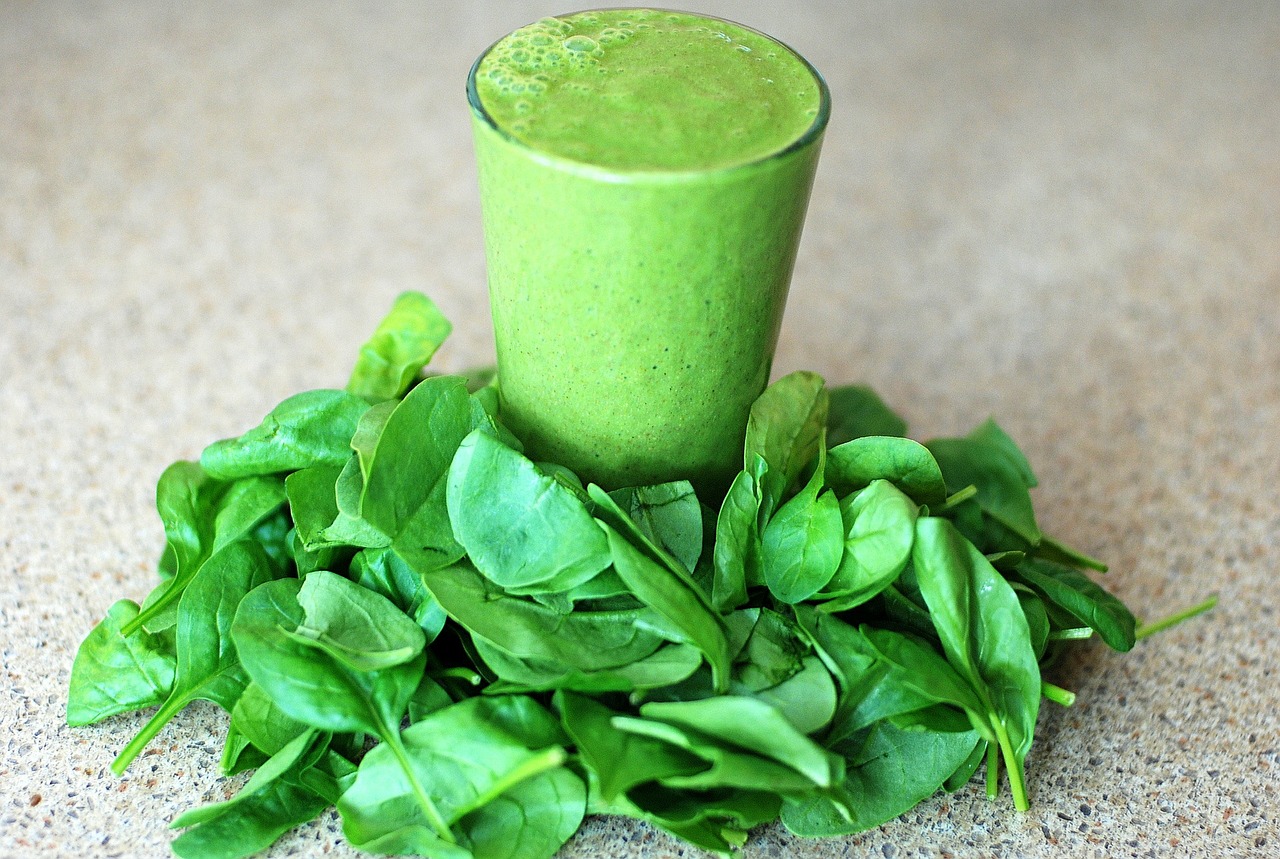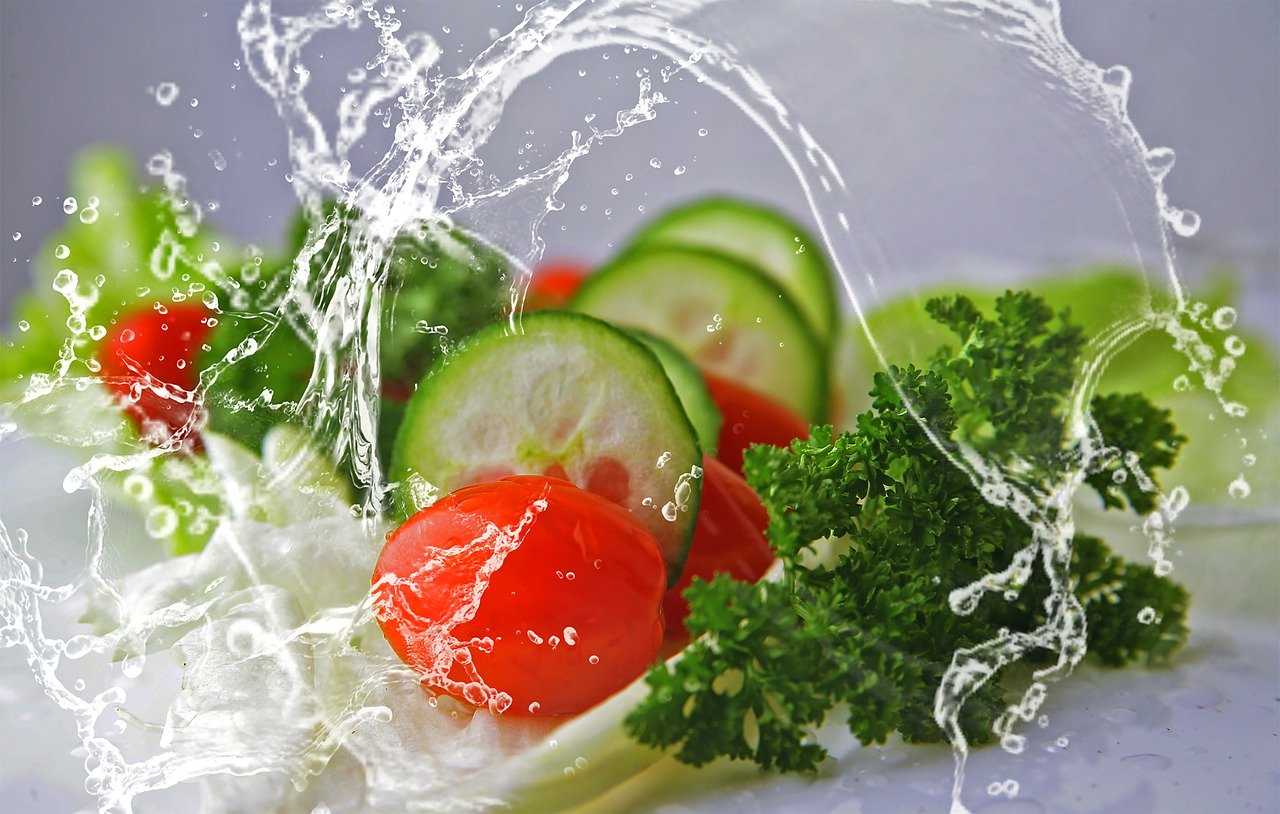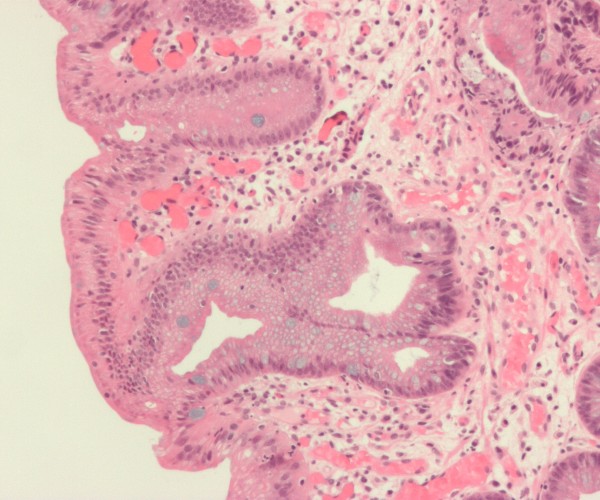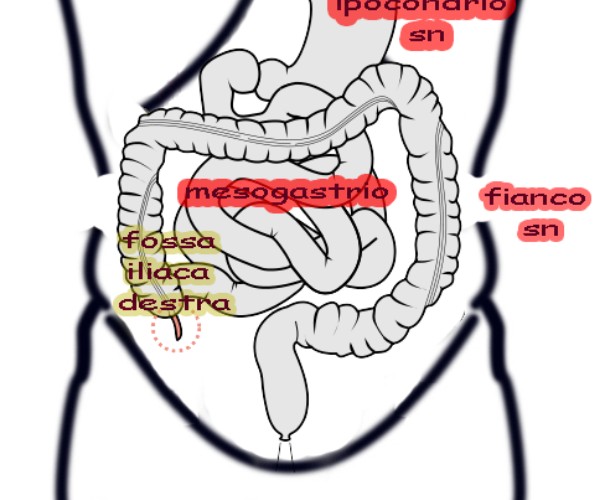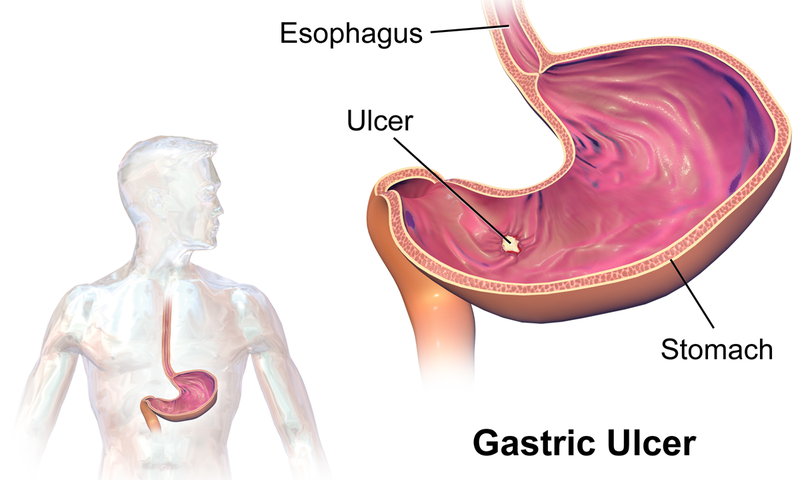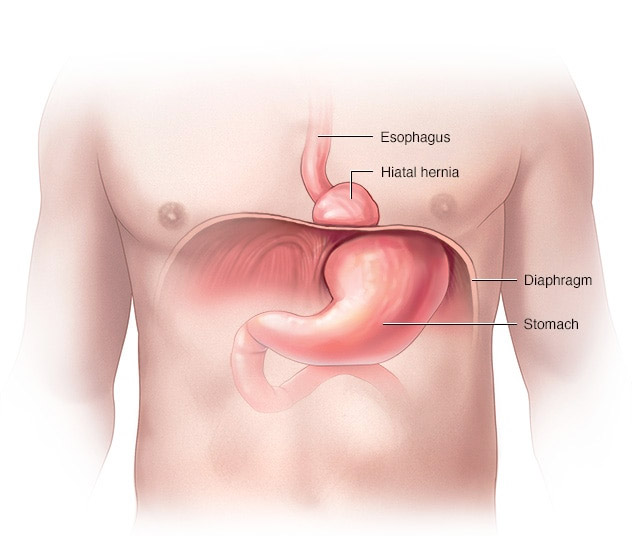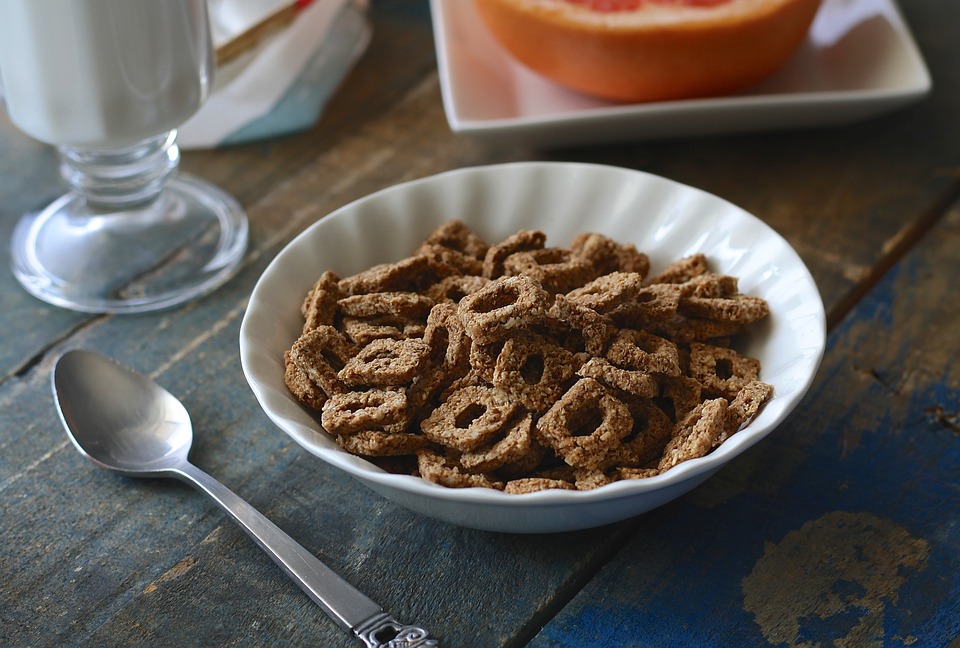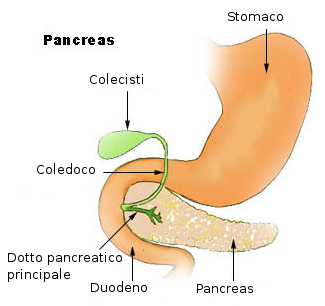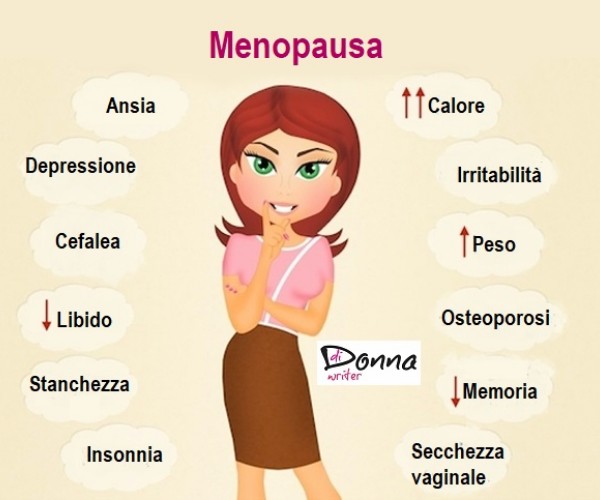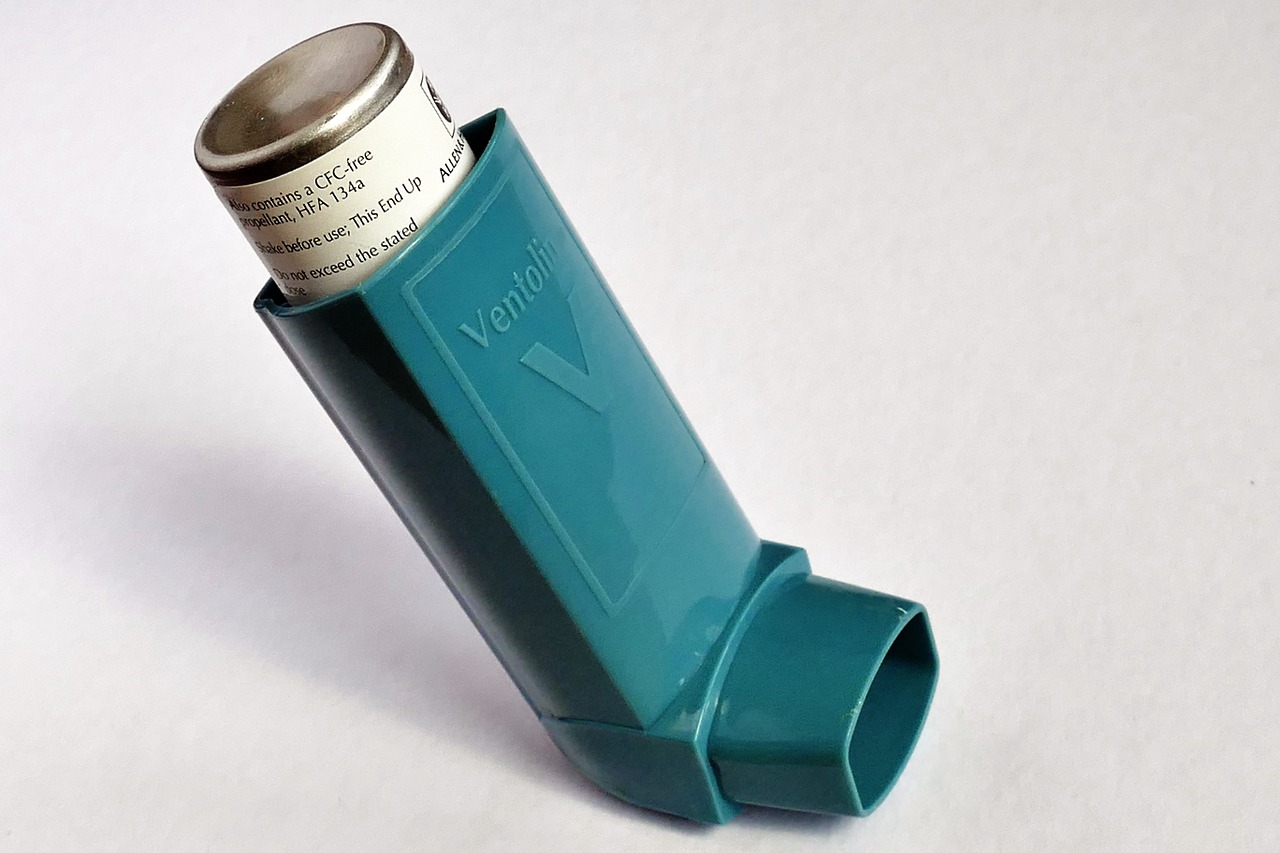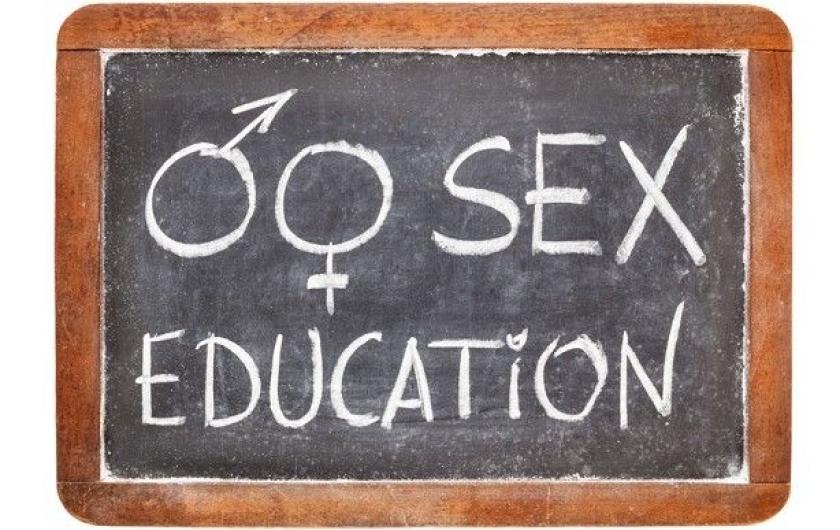Bon Ton: not only form but also substance. Nestlé research shows how Italians creatively interpret etiquette at the dinner table, thus moving away from the intrinsic meaning of some of its rules related to proper nutrition.
The results of the research on etiquette
Does good table man ners still exist? Research commissioned by Nestlé on table etiquette has revealed Italians with bad habits, creative interpreters of the unwritten laws of bon ton, forgetting that many of them have a definite meaning beyond good manners. Rather than having drifted away from good table manners, therefore, it is more accurate to say that we have drifted away from our memory the fundamentals of healthy and balanced eating that are often hidden behind precise educational norms.
Take for example the old rule that it is not good manners to advance food on the plate. The 30% of Italians do not think this is a display of discourtesy at all: it follows that not only are we not as polite as we think, but we have a real problem with portions, which are often disproportionate to the real need.
On the other hand, about 1 in 3 Italians say they do not mind taking too large portions when dining with guests. Thus, not only is the basic principle of healthy and balanced eating that calls for portions in relation to lifestyle being ignored, but a more contemporary etiquette that deprecates excess in favor of a greater respect for the environment that dislikes waste is also forgotten.
Dr. Giuseppe Fatati, president of the ADI Foundation, comments.: “The scientific community agrees that the mere sight of the abundance of food on one’s plate influences one’s desire to consume it; consequently, it would be better-both as a matter of courtesy and to avoid unnecessary binge eating-to allow oneself moderate portions and, also out of a respect for the hospitality of others, to accept an encore only after one has finished what one has on one’s plate, rather than risk leaving leftover food or getting up from the table with an overfull belly.”
What about the “slipper?”
Probed and filed instead the “slipper.” That one absolutely can’t be touched! Almost as if it were an institution in the unwritten manual of nutrition. Rude or not, 30 percent of Italians even though they have leftover food on their plates, they do not give up the scrap. After a good pasta dish, for example, scooping up the dressing with bread only adds more calories to an already amply full meal.
Also among the behaviors probed by Nestlé is the controversial use of salt at the table. According to etiquette, in fact, it can be considered a demonstration that the offered food is not appreciated. But again, 45 percent of the sample surveyed believe that adding salt to the table is not a problem. In this case, therefore, we prove to be not only rude but also uninformed about the new recommendations.
For Italians, there are unavoidable rules
Here are three actions we love to take before we sit down to eat:
- washing our hands for 89%;
- wishing good appetite for 65% (but wasn’t it stipulated that it was rude?);
- drinking a glass of water for 34%.
Moreover, the research would reveal that the epitome of good manners and good manners, for as many as 75 percent of respondents, is eating with their mouths closed, which would be followed by the habit of leaving cell phones away from the table (64 percent) and turning off the television during lunch and dinner (46 percent). Dr. Fatati expresses doubts here: “Unfortunately, it is not known whether these are good intentions or whether concretely resolutions are being kept. One would be forgiven for thinking that the last two points are not very much in line with the observed bad habit of ‘non-conviviality’ that sees increasingly quick, frugal and isolated meals rather than relaxed meals in company that besides being good for your health are certainly good for your mood!”
Conclusions
All in all, we are not doing so bad. While Nestlé’s research highlighted some flaws in our education at the table and consequently the lack of information on very important nutritional issues, it had the merit of pointing out the cracks in some hitherto unassailable rules.
What if in 2018 it was time to rewrite etiquette? At least in part, to make it adhere to a more ‘holistic’ vision in which courtesy and well-being, healthy eating and care for the environment make up different sides of one universal coin.





